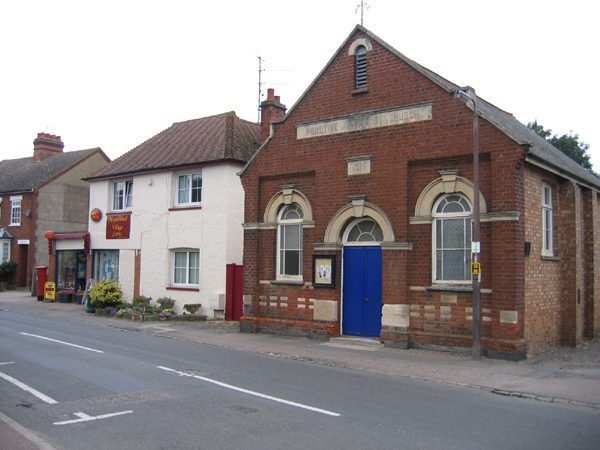There are so many reasons to choose SimplyFixIt for your iPhone Repairs. Our technicians are certified by Apple. We use the highest quality screens available, including genuine Apple screens, and we pay our staff the Real Living Wage.
For over 25 years we have carried out computer and other IT repairs for people who came into our shops, and now we can give the people of Meppershall the same quality of repairs for their iPhones.
Mail-In iPhone Screen Repairs for Meppershall, by SimplyFixIt
People from Meppershall choose SimplyFixIt as their iPhone repair company because we offer the highest standards of repairs, including using genuine Apple screens, which typically can't be matched by a local independent computer store. They post us their iPhone, which is professionally repaired, and returned by a secure overnight courier. In most cases, they receive their iPhone back 2 days after they post it to us.
Fast Repairs
Quality Components
Spread the cost
All Repairs Guaranteed
At SimplyFixIt, we believe that doing things right is better than doing things quickly, so there may be some cases where we need just a bit longer to get your iPhone ready. Don't worry though, as soon as the iPhone repair is completed, we'll be in touch to let you know. We can then arrange a secure, express delivery back to Meppershall.
SimplyFixIt customers near Meppershall
We Fix iPhones for people from all over the country, including near Meppershall. Chances are that you live close to one of our customers already. Here is a map of the people1, who live near Meppershall, that have had their iPhone fixed by SimplyFixIt recently. They have posted their iPhone to us, and then we repaired it and sent it back using an insured, overnight courier service.
1For security & data protection reasons, we are not showing the exact location of our customers. We apply slight randomness to the location markers, so they don't show the exact address. The markers fall in a slightly different location each time, but the general area is correct.

Send your iPhone to us via Royal Mail Special Delivery, which should provide you with adequate insurance. We will fix it and return it to you without any fuss.
Choose an iPhone
More about Meppershall
Meppershall is a hilltop village in Bedfordshire near Shefford, Campton, Shillington, Stondon and surrounded by farmland. The village and the manor house are mentioned in the Domesday Book in 1086 - with the entry reading: Malpertesselle/Maperteshale: Gilbert FitzSolomon.
The Manor House belonged to the De Meppershall family for nearly 300 years following 1086. The present house is early 17th century.
Until 1844 Meppershall was partially in Hertfordshire. The detached portion of Hertfordshire was transferred to Bedfordshire in 1844, following the Counties (Detached Parts) Act 1844.
St. Mary's church dates back to the Normans. The Parish Records of St Mary, Meppershall, have been published on CD by the Parochial Church Council.
Before the advent of greenhouses, Meppershall was a very poor community with large families living in two up, two down type thatched cottages built of brick with stone floors. However, so many greenhouses were built in the village that it was known as a "glass city," growing salad crops for local markets, which were shipped further afield via the railway.
As well as farming, the village earned its income from coprolite digging. Coprolite is the fossilised dung of pre-historic creatures, which when ground and treated with sulphuric acid produces a superphosphate fertiliser. To extract it, a long trench was dug on one side of a field. The overlaying clay was then dug out until the nodule bed was reached. If the depth of clay to be removed was more than eight to nine feet, the trench was made in two or three steps, and as the nodules were taken out, so the trench was refilled with the earth already removed. The nodule bed was shovelled into barrows and taken to the washing mill. This consisted of a circular iron trough with a pivot in the centre to which a set of travelling rakes was attached, these being dragged round by horses, and a constant stream of water was kept running through the trough until the clay washed off. The dirty water then was drained off and the nodules carted away. The coprolite was worth about £3 a ton in 1890, yielding some 300 tons per acre. A good fossil digger could earn as much as £2 a week. This industry has also died out.